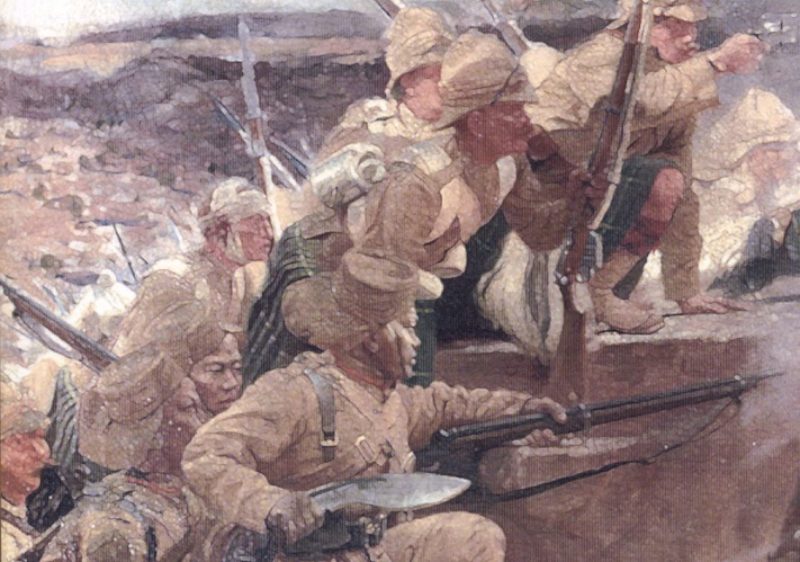Gurkhas and the North-West Frontier

Gurkhas and the North-West Frontier
During the period of British rule in India, the British administration often found itself in conflict on its north-western border with Afghanistan. This region, known as the North-West Frontier, was isolated, mountainous and difficult to control. During the 19th century, fears arose that the Russian Empire might attempt an invasion of India through this region, by either conquering or diplomatically persuading both Afghanistan and the local North-West Frontier tribal groups. To prevent this, the British sought to ensure that Afghanistan remained within their sphere of influence, and also stationed large numbers of troops in the North-West Frontier region.
Over the course of the period between 1857 and 1947 the majority of Gurkha troops served on the North-West Frontier. The steep hills of the Gurkhas homeland in Nepal, was seen as the perfect parallel to the North-West Frontier’s rugged terrain, and so Gurkhas were seen as the best troops to help control the region.
Gurkha troops were involved in each of the three Anglo-Afghan Wars of the period (in 1839-42, 1878-80 and 1919), as well as participating in countless smaller campaigns, pacifications and expeditions. More famous examples of these include the 1897 Tirah Campaign, in which 2nd Gurkha Rifles fought alongside the Gordon Highlanders to capture the steep and heavily-defended town of Dargai; and later the Hunza Campaign of 1891, during which Lieutenants Guy Boisragon and John Manners-Smith, both of the 5th Gurkha Rifles would receive the Victoria Cross.
It is during this period that a number of Gurkha Regiments were raised and where many of their traditions and ceremonial practices were founded.

